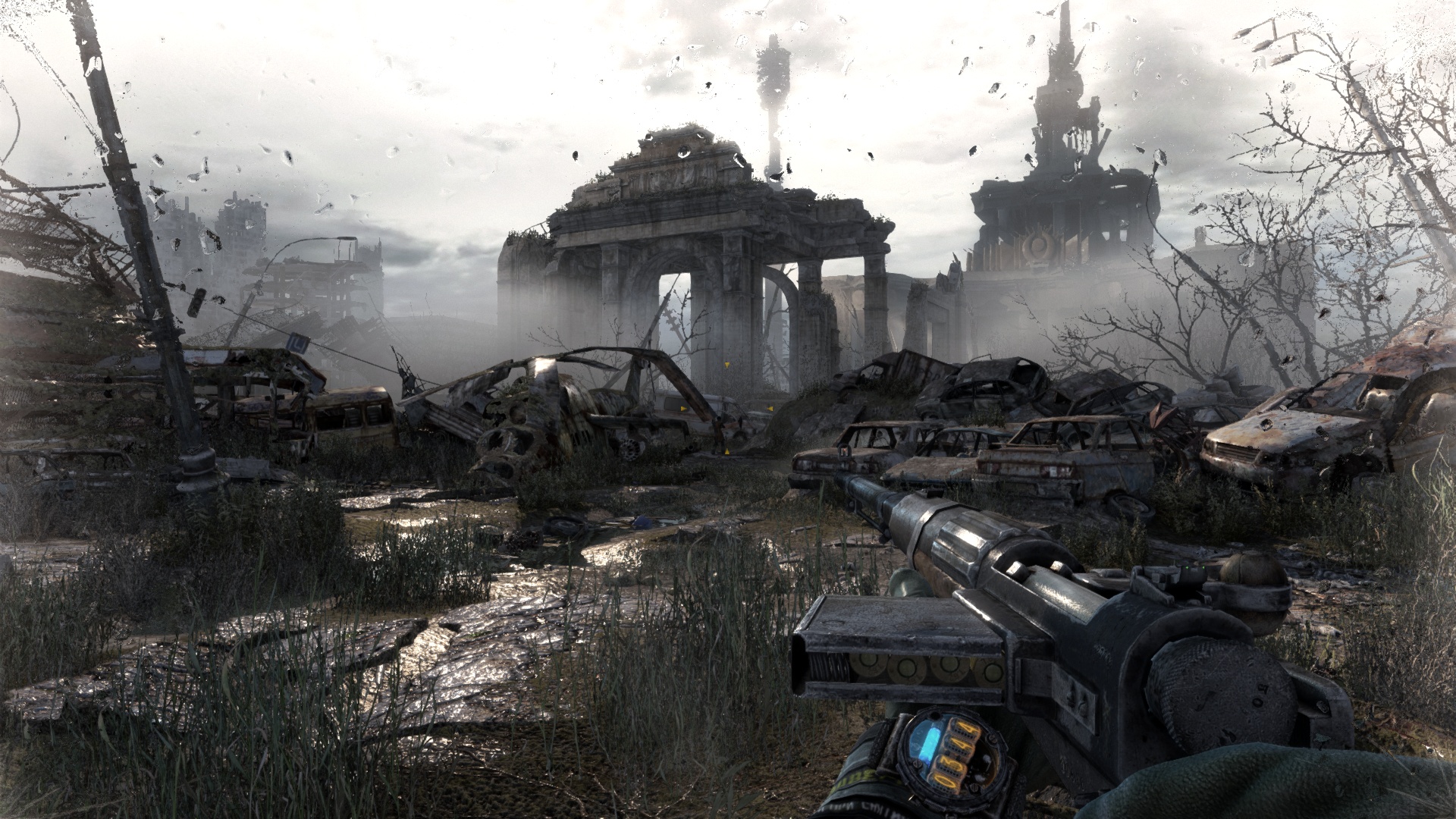

In 2019, Metro began using a renaming system where each rail and bus rapid transit line receives a letter and color. At this time, the L Line will cease to exist as a separate line. The alignment east of Little Tokyo/Arts District station will be assigned to the E Line, extending it to connect Santa Monica and East Los Angeles directly. Once the Regional Connector is completed, the alignment of the L (formerly Gold) Line will be split into two parts at Little Tokyo/Arts District station, with the portion north of this station joined to the A Line, extending it to connect Long Beach with Azusa. The Regional Connector is an under-construction light-rail subway corridor through Downtown Los Angeles that is to connect the current A and E Lines to the current L Line, and to allow a seamless one-seat ride between the A and E Lines' current 7th Street/Metro Center terminus and Union Station. Proposed developments Regional Connector Transit Project Testing along the phase 2 segment began on April 6, 2015, and the segment opened on May 20, 2016. ĭesign and construction on the 6.6-mile (10.6 km) portion between Culver City and Santa Monica started in September 2011. The Culver City and Farmdale stations opened on June 20, 2012. Construction began in early 2006 and most stations opened to the public on April 28, 2012. The line was built in two phases the first phase comprised the 8.6-mile (13.8 km) section between Downtown Los Angeles and Culver City. After construction of the second phase was completed, the line was handed over on January 15, 2016, to the Los Angeles County Metropolitan Transportation Authority. Construction Ĭompleted E line track passing through a residential areaĪn independent agency, the Exposition Metro Line Construction Authority, was given the authority to plan, design and construct the line by state law in 2003. Metro released a Major Investment Study in 2000 which compared bus rapid transit and light rail transit options along what was now known as the "Mid-City/Exposition Corridor". Although the campaign was a hoax, it demonstrated newfound support and revealed the frustrations surrounding the lack of rail service connecting Santa Monica and the Westside with Downtown Los Angeles. The signs, with the text "Coming Soon", showed a subway route extending along Wilshire to the ocean, with 10 station stops. In 2000, an urban art group known as Heavy Trash placed signs advertising a fictional "Aqua Line". Local advocacy groups including Friends 4 Expo Transit supported the successful passage of Proposition C in 1990, which allowed the purchase of the entire right-of-way from Southern Pacific by Metro. Passenger service ended in 1953, and freight service stopped in 1988. The E Line largely follows right of way used by the Los Angeles and Independence Railroad steam railroad, built in 1875, which was converted by Pacific Electric to electric traction and operated as the Santa Monica Air Line by 1920, providing both freight and passenger service between Los Angeles and Santa Monica. The following is the complete list of stations, from west to east:ĭash sign for Pacific Electric trains, c. It takes 46 minutes to travel the line's 15.2 mi (24.5 km) length, at an average speed of 19.8 mph (31.9 km/h), making it the slowest line in the system. The E Line is capable of reaching a maximum speed of 55 mph (89 km/h), though it only rarely does so. (with a 15 to 20-minute headway early Saturday and Sunday mornings). Trains operate every ten minutes during peak hours Monday through Friday, every twelve minutes during the daytime on weekdays and all day on the weekends after approximately 8 a.m. Service description Hours and frequency Į Line trains run every day between approximately 4:30 a.m. When the Regional Connector is complete in 2022, the current E Line will be joined with the Eastside portion of the L (formerly Gold) Line to create an extended E Line, which will become colored yellow on maps. Originally named the Expo Line after Exposition Boulevard, along which it runs for most of its route, the line was renamed the E Line in late 2019, while retaining the aqua-colored line and icons used to designate it on maps. Several E Line stations are built in the same location as Air Line stations, although no original station structures have been reused. Passenger service ended in 1953 freight-only service ended by March 1988. The E Line largely follows the right-of-way of the former Pacific Electric Santa Monica Air Line. It is one of the six lines in the Metro Rail system, and is operated by the Los Angeles County Metropolitan Transportation Authority (Metro).

The E Line (formerly the Expo Line from 2012–2019) is a 15.2 mi (24.5 km) light rail line that runs between Downtown Los Angeles and Santa Monica.


 0 kommentar(er)
0 kommentar(er)
